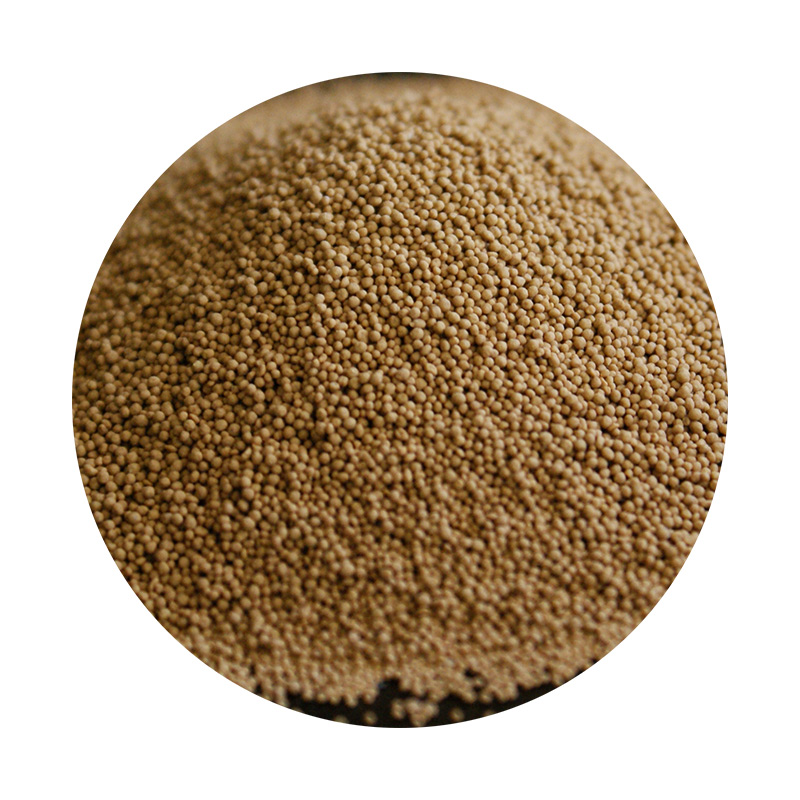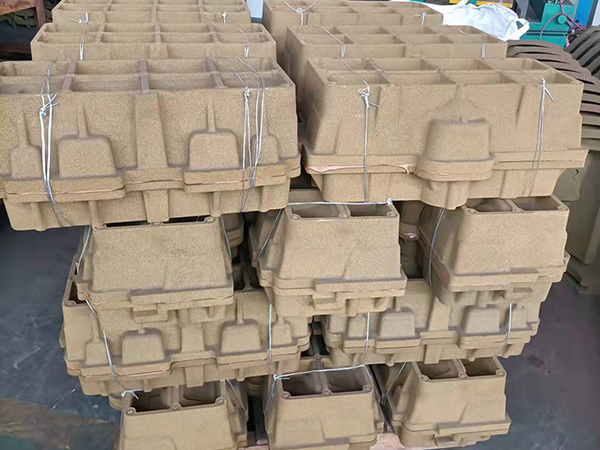

One of sand casting's significant advantages is its ability to cast very large parts. It's especially favored in industries such as automotive and heavy machinery, where the size of the component is a critical consideration. Another notable benefit is the lower cost, particularly for lower precision requirements or larger production runs. The molds are simple to produce and can be reused, adding to the cost-effectiveness of this method. However, when choosing between investment and sand casting, it's essential to consider the specific application and requirements of the product. Investment casting tends to have higher initial tooling costs but provides more significant savings in terms of machining and finishing due to its superior size accuracy and surface quality. On the other hand, sand casting may require additional machining but can be more economical for larger, less detailed components. Expert practitioners in the casting field will weigh factors such as the complexity of the design, material selection, production volume, and cost constraints before making a decision. Trust in the process often comes from validated past experiences and the expertise of seasoned metallurgists and engineers. Prototyping and testing also play crucial roles in ensuring the chosen method aligns perfectly with the desired product characteristics and performance standards. In summary, both investment casting and sand casting offer distinct advantages that can be leveraged depending on the project's unique requirements. Whether precision and intricate detailing are priorities or whether the focus is on producing larger components more economically, understanding these processes' nuances is key. Leveraging expertise from industry authorities can ensure the chosen casting method provides optimal results in terms of performance, cost, and production efficiency. Post time:sty . 14, 2025 11:16
Next:Ceramcast sand ball shape for sand casting
